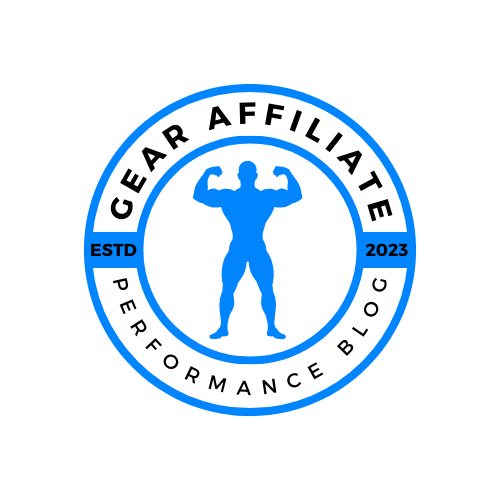Understanding the Impact of Footwear on Performance
If you’re serious about your training, your shoes shouldn’t be an afterthought. The right footwear can make a major difference in how you move, lift, and recover. Whether you’re hitting heavy squats or doing high-volume conditioning work, your shoes affect everything from joint alignment to energy transfer. And the wrong pair? That’s a fast track to nagging injuries and underperforming lifts.
Let’s break down why your gym footwear matters—and how to find the right type for your training style.
Why Your Shoes Matter More Than You Think
Every type of workout demands different things from your body—and your footwear needs to match that demand. Here’s why:
- Stability: A flat, stable base (especially in lifting shoes) helps transfer force from the ground up. That means stronger lifts and better form.
- Shock absorption: Essential for runners and HIIT workouts. Good cushioning reduces stress on joints during high-impact movements.
- Foot and joint alignment: The wrong shoe can throw off the alignment of your hips, knees, and ankles. This leads to inefficiencies in your movement—and potential injuries.
- Comfort = Consistency: Uncomfortable shoes can cut workouts short. A pair that feels good keeps you training longer and harder.
Poorly matched footwear often leads to:
- Blisters and skin irritation
- Knee, ankle, or hip pain
- Reduced balance and force output in compound lifts
Comparing Different Types of Gym Shoes
Let’s look at the major types of gym footwear and who they’re best for:
1. Lifting Shoes (Oly Shoes)
Best For: Strength athletes, powerlifters, Olympic lifters
These are purpose-built for barbell lifts—especially squats, cleans, and snatches. They typically feature:
- Raised heel (often 0.75″–1″): Helps with ankle mobility and depth in squats
- Hard sole: Offers maximum force transfer
- Midfoot straps: Lock your foot in for a stable base
👉 If your workouts are mostly strength-based and you’re moving heavy weight, lifting shoes are a smart investment.
2. Cross-Trainers
Best For: Functional training, CrossFit, circuit work, all-around gym use
These shoes are made to be versatile:
- Good lateral support for multi-directional movement
- Moderate cushioning for plyos and cardio
- Durable outsoles for lifting, sled work, and jump rope
They’re not perfect for everything, but they’re a solid option if your workouts are varied.
3. Running Shoes
Best For: Distance running, treadmill workouts, casual cardio
- Designed for forward motion
- Prioritize cushioning and flexibility
- Help absorb impact during long runs or repetitive cardio sessions
⚠️ Keep in mind: These aren’t ideal for lifting. Their soft soles can reduce your stability and put your joints at risk during heavy barbell work.
4. Barefoot or Minimalist Shoes
Best For: Balance training, yoga, walking, light strength training
These mimic natural foot movement and are popular for:
- Strengthening foot muscles
- Improving proprioception (your body’s sense of movement and position)
However, they don’t offer much protection or cushion, so they’re not ideal for high-impact or heavy strength work.
How to Choose the Right Shoe for Your Training
There’s no one-size-fits-all. Here’s how to choose the right shoe based on your body and your goals:
1. Know Your Foot Type
Understanding your foot mechanics helps you avoid pain and pick the right support:
- Neutral: Standard arch, good shock absorption
- Overpronated: Foot rolls inward—look for stability features
- Underpronated: Foot rolls outward—look for extra cushioning and flexibility
2. Match the Shoe to Your Training Style
| Training Type | Best Shoe Type |
|---|---|
| Heavy barbell lifting | Lifting shoes with a raised heel |
| CrossFit / HIIT | Cross-trainers with firm soles & lateral support |
| Long runs / cardio | Running shoes with high shock absorption |
| Low-impact / mobility | Barefoot or minimalist shoes |
3. Test for Fit and Feel
- Always try shoes on with the type of socks you plan to train in
- Walk around, do a few air squats, test lateral movement
- Your toes should have some room—but the heel should feel secure
Final Thoughts: Don’t Let Your Shoes Hold You Back
The right footwear won’t just help you avoid injury—it’ll help you perform at your best. Whether you’re chasing PRs in the squat rack, grinding through MetCons, or logging miles on the pavement, your shoes matter.
Bottom line:
Take your training seriously? Then treat your footwear like a piece of equipment—not just a fashion choice.
If you found this post to be helpful, then you may be interested in the rest of our blog page here.
Discover more from GearAffiliate
Subscribe to get the latest posts sent to your email.


